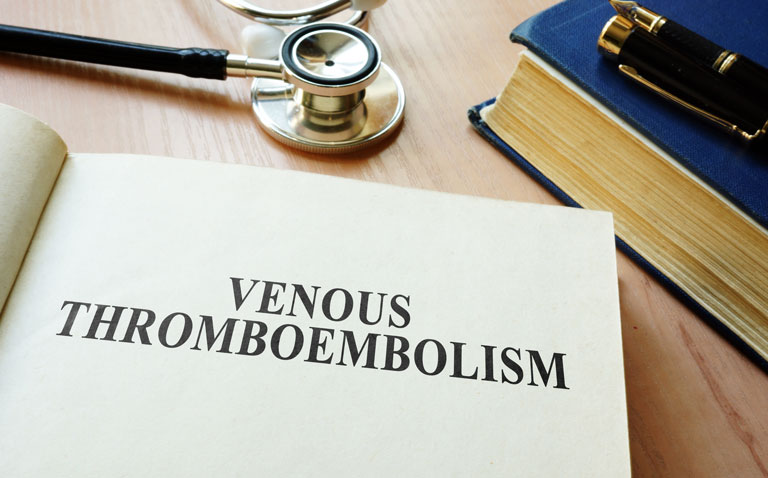A study suggests that the risk of clotting disorders appears to be significantly higher with COVID-19 infection compared to vaccination.
Published studies reporting the appearance of the clotting disorders thrombocytopenia and thrombosis after vaccination with the COVID-19 vaccine, ChAdOx1 in several European countries is a cause for concern.
Nevertheless, while it appears that these adverse effects are rare, some countries have limited the use of this particular vaccine.
Trying to establish whether clotting disorders are caused entirely by exposure to a COVID-19 vaccine is hampered by the fact that such clotting disorders have also been observed as a result of infection with the virus.
In trying to untangle this association and to provide some much-needed perspective, a group of researchers led by the Nuffield Department of Primary Health Care Sciences, University of Oxford, UK, have examined the link between COVID-19 vaccination and the risk of thrombocytopenia and thromboembolic events in England.
The researchers used a self-control case series analysis (i.e., where the individual acts as their own control) with patients between December 2020 to April 2021. They assessed the risk of these adverse clotting disorders among those who were vaccinated with the two COVID-19 vaccines, ChAdOx1 and BNT162b and the incidence of thrombotic events among the same individuals who tested positive for COVID-19.
Included participants were aged 16 years and over who had received their first dose of either ChAdOx1 or BNT162b. They used three composite primary outcomes; hospital admission or death associated with one of the clotting disorders, i.e. thrombocytopenia, venous thromboembolism and arterial thromboembolism.
Findings
There were 19,608,008 people who received the ChAdOx1 vaccine, 9,513,625 the BNT162b and a total of 1,758,095 who had a positive COVID-19 test. In addition, during the study period, 9,764 people were hospitalised because of thrombocytopenia and 52 of these individuals died.
An increased risk of thrombocytopenia was observed 8 – 14 days after the ChAdOx1 vaccine (incidence rate ratio, IRR = 1.33, 95% CI 1.19 – 1.47) and also after 22 – 28 days (IIR = 1.26). However, the risk associated with a positive COVID-19 test after 8 – 14 days was much higher (IIR = 5.27, 95% CI 4.34 – 6.40) and after 22 – 28 days (IIR = 1.50).
For venous thromboembolism after the ChAdOx1 vaccine at days 8 – 14, the IIR was 1.10 but again much higher after a positive COVID-19 test during the same time period (IIR – 13.86). For BNT162b, the risk of thrombocytopenia was also increased between days 8 – 14 but not significant (IIR = 1.02, 95% CI 0.89 – 1.17).
Using these results, the authors estimated the excess number of adverse clotting disorders per 10 million exposed to each vaccine compared to a positive COVID-19 test.
With the ChAdOx1 vaccine, this amounted to 107 excess thrombocytopenia events and 66 excess thromboembolism events. In contrast, for a positive COVID-19 test result, the corresponding values were 934 excess thrombocytopenia events and 12,614 excess thromboembolism events.
The authors concluded that while adverse clotting events did occur after COVID-19 vaccination, these events were significantly less than those associated with being infected with the virus.
Citation
Hippisley-Cox J et al. Risk of thrombocytopenia and thromboembolism after covid-19 vaccination and SARS-CoV-2 positive testing: self-controlled case series study. BMJ 2021.










